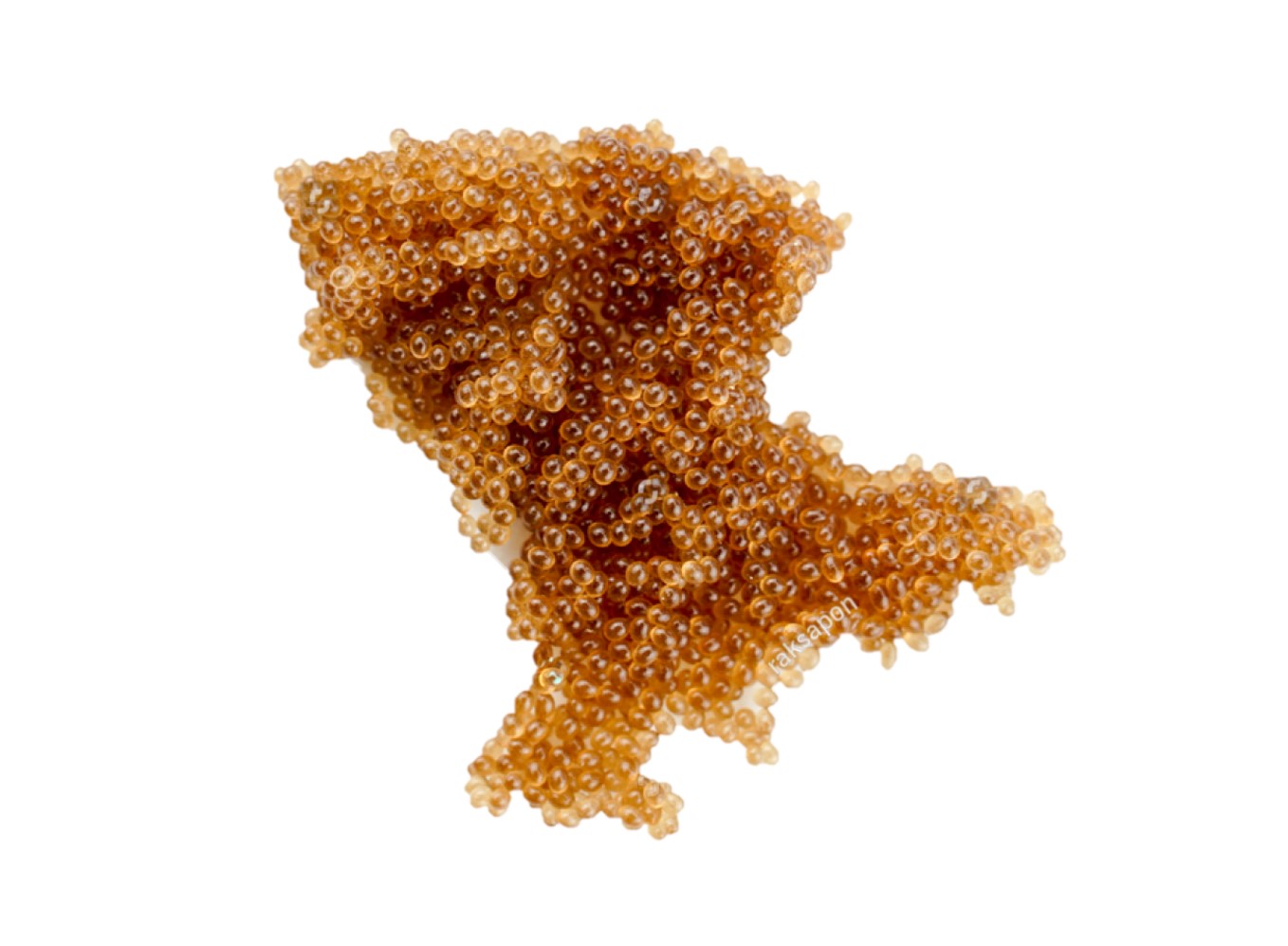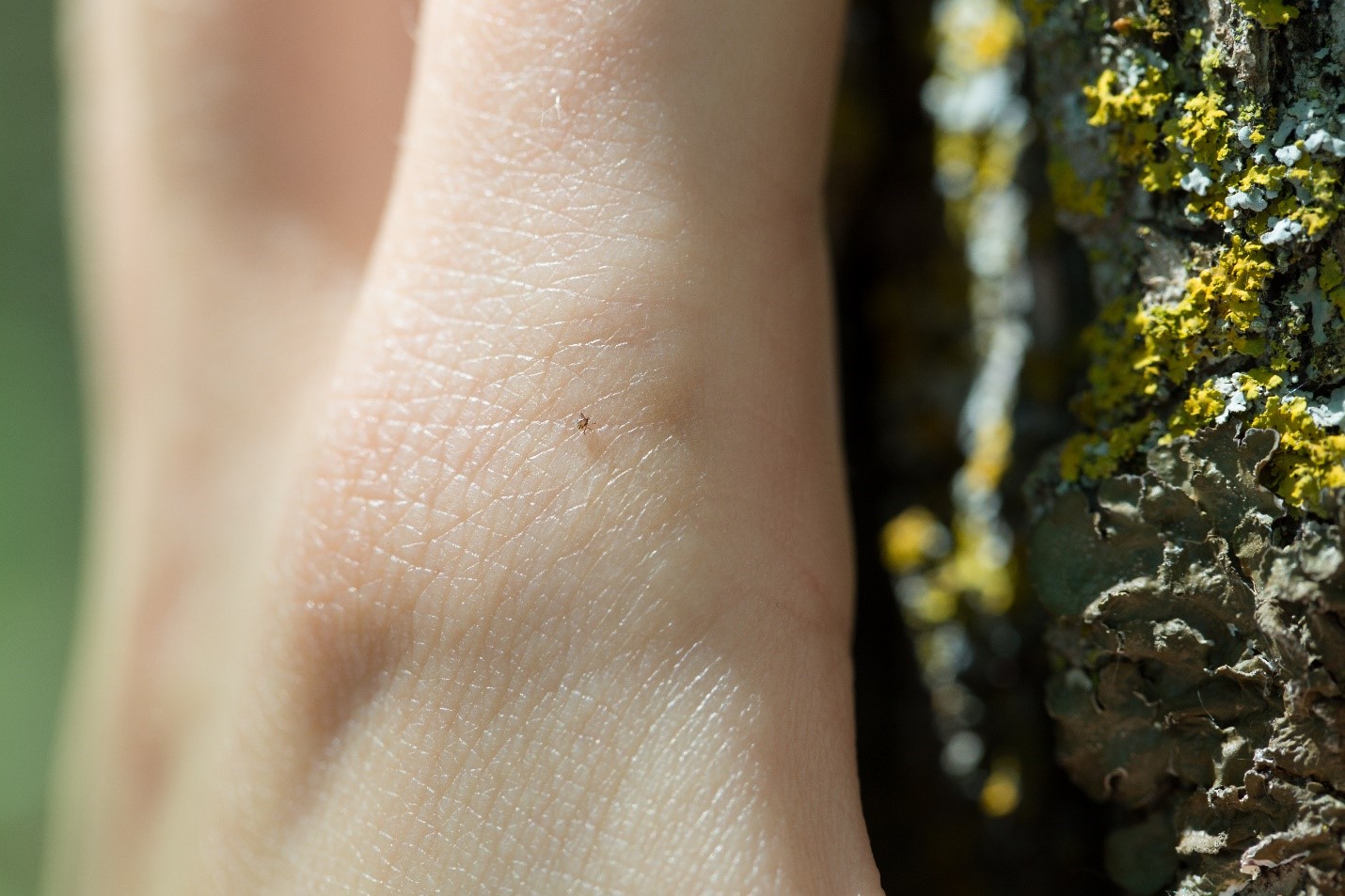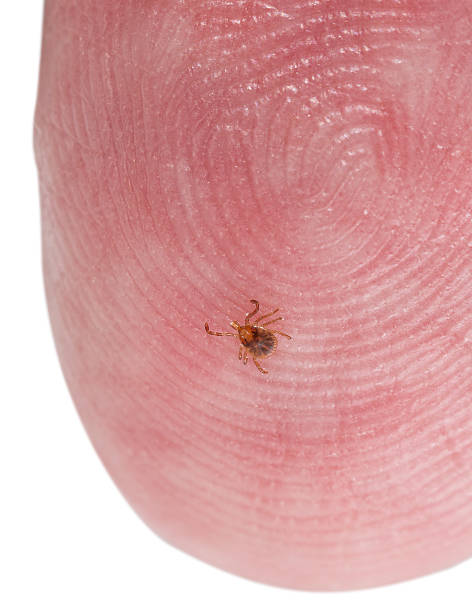Tick Control
Ticks can carry the pathogens for ten human diseases and spread illnesses such as Lyme disease, Rocky Mountain spotted fever, and Anaplasmosis.
These diseases are major health concerns, reinforcing the need to prevent tick bites. Ticks are among the most efficient carriers of disease because
they attach firmly when sucking blood, feed slowly and may go unnoticed for a considerable amount of time while feeding. Pet owners and parents alike
should be concerned with tick prevention because a tick bite can have serious implications for children and pets. Five of the ten
diseases ticks transmit to humans can be transmitted to pets. That is why keeping everyone around your household tick-free is important.
It’s important to understand the life cycle of a tick and where they lay their eggs so you can help prevent a tick infestation in your yard.
The tick goes through four separate stages of its life cycle: eggs, larva, nymph and adult. Each of these stages can easily be recognized by its special appearance.
What Does a Tick Nest Look Like?
Unlike other social insects such as ants and bees, ticks do not form a communal colony like a hive or nest. Ticks are more likely to crawl into the burrow or hole of a potential host and lay their eggs there, creating a small, lone “nest.” This provides immediate access to a potential host to which the larvae can latch to and feed upon. Ticks may also opt to lay eggs in leaf litter or grassy areas and, in general, any location that is soft and warm.
What Do Tick Eggs Look Like?
Since a female tick is capable of laying thousands of eggs at once, these eggs are often easier to spot than the ticks themselves. They appear brownish-red in color and are translucent. A brood of eggs may look like miniature caviar. The eggs are not yet infectious and can be dealt with by simply coating with salt to dry out the eggs.



Application of Treatment
To eliminate ticks, we offer two levels of service. Our traditional mosquito Surface/barrier Which is applied across the entire area instead of around the perimeter like is done
while targeting mosquitoes,
For more comprehensive tick control, we offer an additional tick tube treatment service in which we place tick tubes around your property to entice mice. Mosquito Control of Iowa
controls ticks with tick tubes that rely on the natural nesting instincts of mice and deliver a tick controlling insecticide directly to its home. Tick tubes are made of biodegradable tubes
with treated cotton inside. When placed in their environment, mice collect the cotton for bedding. Since most ticks get their first blood meals from mice, they are exposed to the treated cotton,
which effectively eliminates ticks.



Contact Us Today For More Information
(712-848-3295) 402 Broad Street Rolfe, Iowa 50581
mosquito@iowatelecom.net